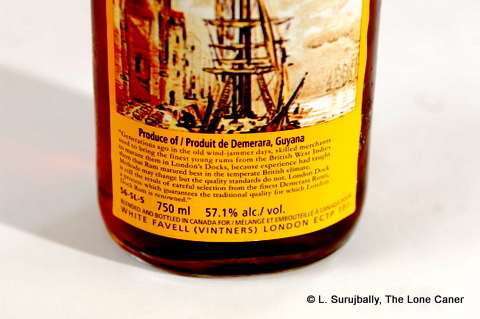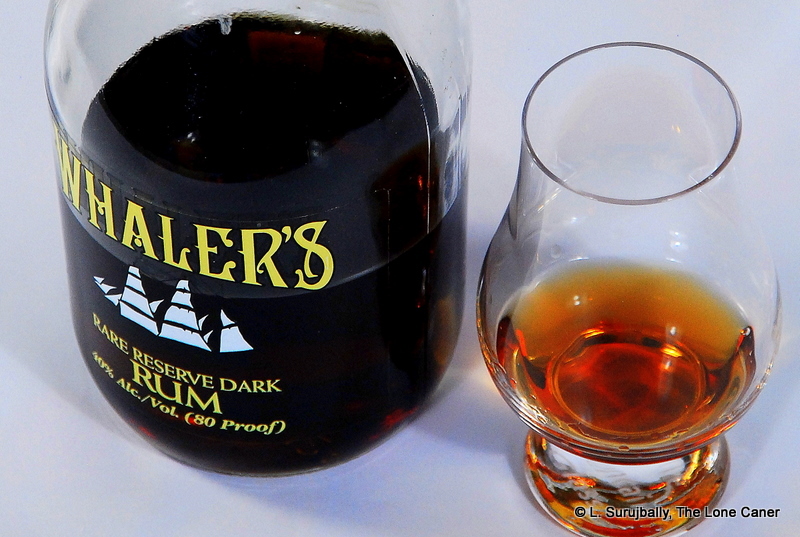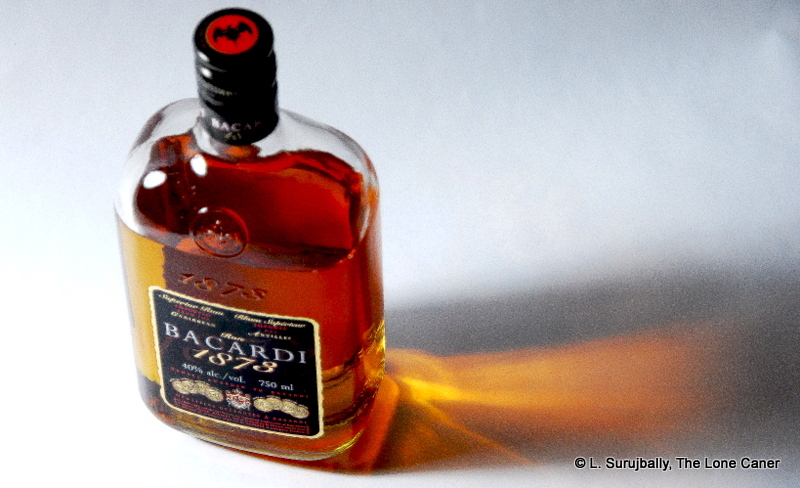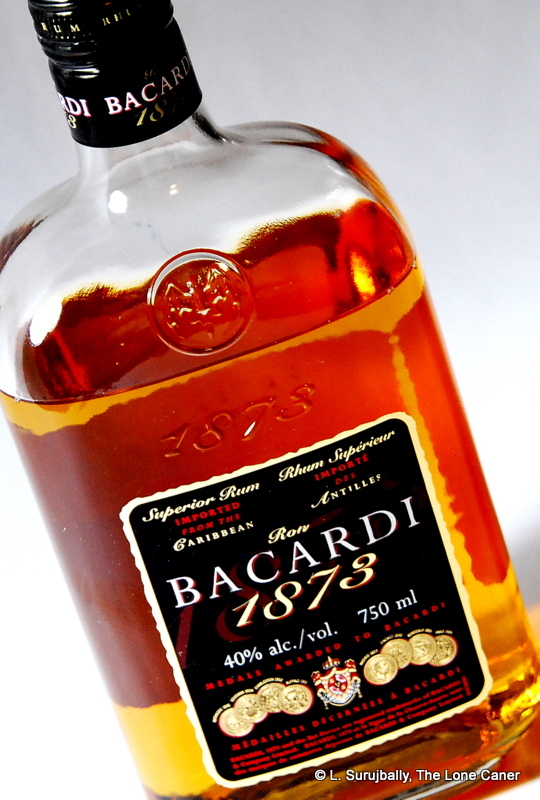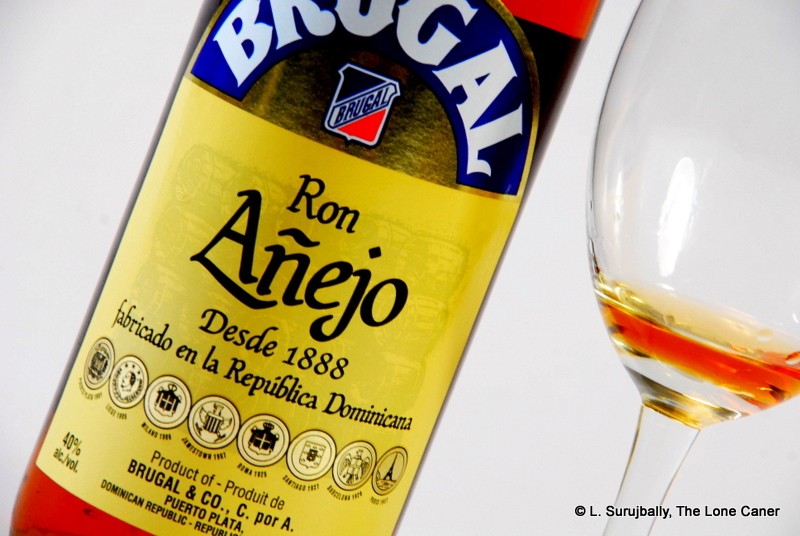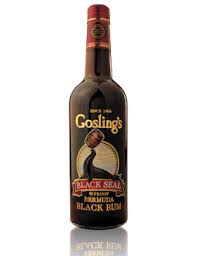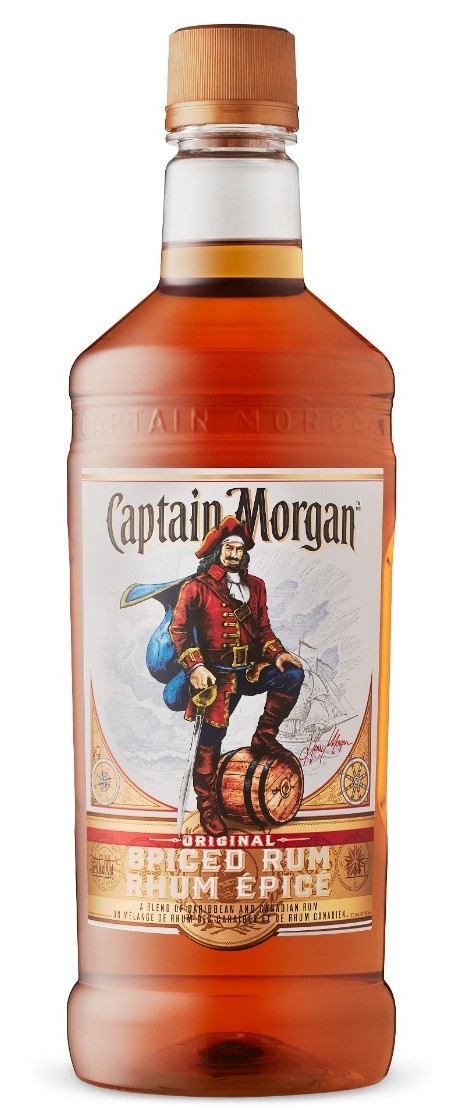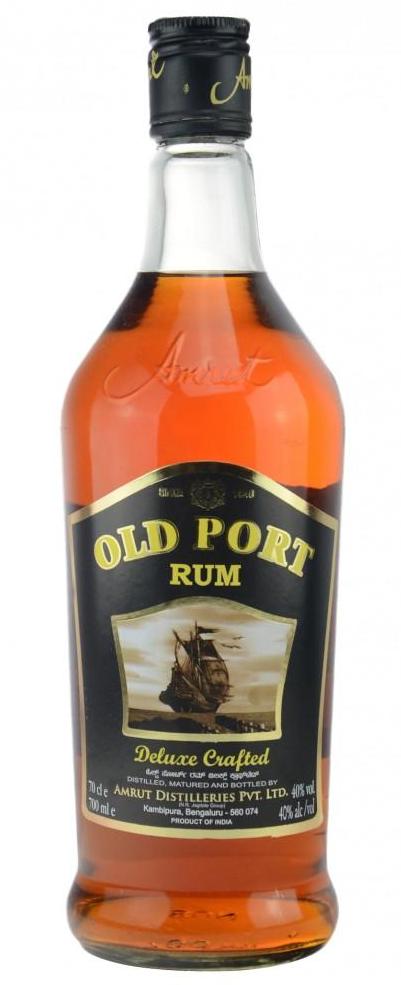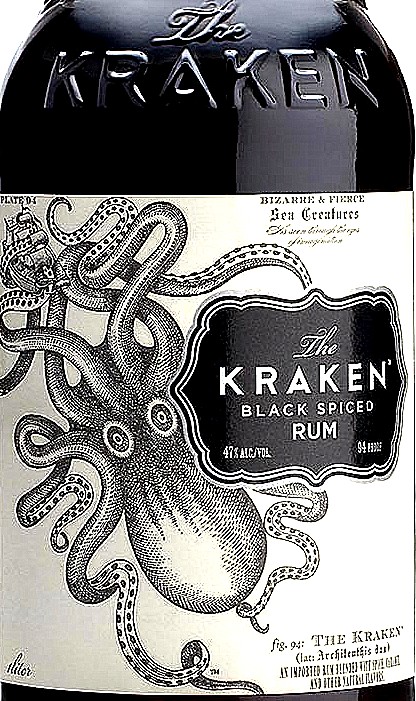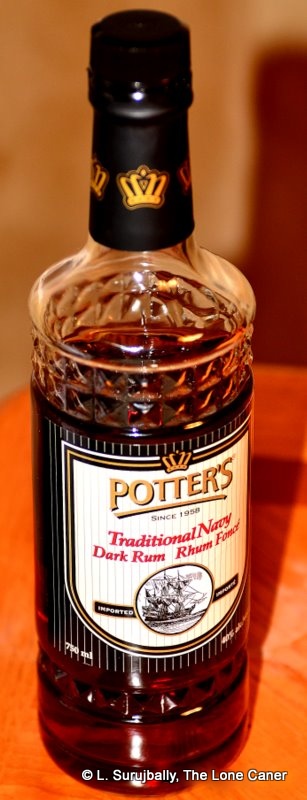 First posted 23rd November 2011 on Liquorature
First posted 23rd November 2011 on Liquorature
A dark navy rum that starts slow and nasty and evolves into a most amazingly flavourful product, and which can even be tolerated by the masochistic as a drink to sip on its own.
Honesty forces me to confess that the only reason I bought this rum was because Keenan and I had had it in local pub on a wing night and we couldn’t believe what a powerful deep-tasting mixer it made. Seeing it the other day in a shop, I snapped it up, and I have to tell you, for less than $30, you could do worse than try this pretender to the Navy rum throne. Too bad The Bear had bailed for booze-regulated eastern climes by then. I comfort myself by snidely noting his pickings are now as slim as a frog hair split four ways and sanded smooth.
There is something uniquely and even amusingly provincial – nay, Canadian – about Potter’s. The label, which tongue in cheek informs you that if you are reading it, you probably aren’t on a tropical beach (try finding that on a product made in the US); the bottle; the unassuming nature of it all. Okay, enough snickering (yeah yeah, I can see you there in the front row, fella) – I know it has a chintzy kind of faux-70’s bottle design – much like the Alberta Premium – but how can one not help but smile at the sheer chutzpah of makers who can so insouciantly flip us all the bird?
In the glass, Potter’s is copper bronze, almost red (pretty cool, that), with middling thin legs hesitantly draining down the sides. Wafts of molasses and brown sugar were immediately in evidence even before I put my beak into it, and at that point I have to tell you flat out – the initial nose may be the single worst reek since the Bundie (or, for the generous among you, the most distinctive). Plastic, plasticine, playdo and sickly sweet grape esters leapt out at me and sought to crush my sense of smell with a mass attack – I felt like my nose just harpooned a steam locomotive. Molasses, burnt sugar and some vanilla tried vainly to get out from under that crushing stench, but were mercilessly clubbed to the ground.
So pretty bad, right?
Not at all. That’s the crazy thing. Potter’s opened up like a shy bodybuilder, and after the initial bludgeon relaxed, it was actually quite good – one kind of was able to pick out the individual scents (not without effort, admittedly), and while it’ll never be on my list of alltime favourites, it wasn’t all bad. Liquorice, molasses and burning canefields all coiled around the core smells of burnt sugar, and Potter’s made no attempt to be coy or complex – what you nosed was exactly what you got, and nothing more (contrast that against the Pusser’s 15, which had hidden treasures under them tights).
And tastewise, oh man – what the hell did Potters do here? The rum is stupid good – no cheapass rum should have such a strong delivery, be this bold, or this distinctive. Dark, smoky, heavy, like the best Navy rums, or el Dorado 5 yr old, better than Lamb’s Navy, or Coruba by a sea mile, and as good or better than Young’s Old Sam’s. I tasted liquorice, tobacco and molasses, heavy and smoky on the tongue, with leather, pipe tobacco and perhaps a touch of dried grapes (my six year old son The Little Caner took a sniff and disdainfully remarked “blue cheese” before walking off with his pocketmoney, but he has a point – there is some kind of well aged rindy cheese in there too). Dry and uncompromisingly sere, not too sweet (but not too much in the opposite direction either), and quite smooth for such a seemingly unaged product. And the fade is also good – dry, deep burn down your throat, not bitchy, just slow and powerful – it lacks the sophistication of the Pusser’s 15 yr old, but guys, it ain’t far off, and it costs less. In short, this rum is, in my opinion, an unheralded mid-ranger punching well above its seemingly low-class antecedents – it’s like an accountant who strips off his tie and becomes, oh, I dunno, Superman’s poor doofus cousin. About the only thing I wish I knew was whether they had added anything to enhance the flavour profile.
So who is Potters made by? By the same outfit that makes the utterly forgettable Momento rum I so dissed not too long ago – Highwood Distillers out of Alberta. I didn’t think that the Momento cut it, and said so, but thankfully I didn’t just dismiss the whole distillery out of hand. After tasting this rum, about which not much is said on their website (actually, they just reprinted the blurb on the label), I am happy to report that if they were to branch out into aged rums, perhaps, they might really have something going here. Certainly as navy rums go, I have some fault and much praise to find in the product, because it appeals to all my basic desires in a rum – I don’t have to filet the thing, dissect it into ten different components – it is a straightforward, strong and unapologetic product made for simpler times, and simpler people than we have become.
Now, all things considered, I think Potter’s has a shade too much sulphur and is a bit too feinty to be classed as a good sipper (don’t let that stop you if you’re of a mind – it ain’t half bad that way); something about that background muskiness and cloying nature of it puts me off. And even the label suggests it isn’t one, and I may be one of the few who can stomach it as such given the initial reek (it’ll batter most others into catatonia). As a mixer, though…wow. Rounds out a coke or ginger ale just fine. I could drink it with a cola or as a cocktail base all night long, and all I could think of as I tasted it that night, was that I wish my friend had been with me, and that he hadn’t left to take up a job elsewhere. This rum was made for a guy like him, and in fact, it was a rum like him – outwardly simple, deceptively unpretentious, effective, unforgettable, humorous, powerful and the best essence of all that is north of forty nine.
(#087. 76/100)
Other Notes
- Potter’s Distillery was founded by Ernie Potter in 1958, and originally only bottled and sold liqueurs, but over the years expanded into spirits. In 1962, Captain Harold John Cameron Terry (Captain Terry) – who started his career at 14 as an Australian seaman – acquired Potter’s Distillers. He took the company public in 1967 and was its CEO for 20 years. In 1990, production was moved from Langley to Kelowna, British Columbia where it remained until 2006. In November 2005, Highwood Distillers purchased Potter’s Distillers and folded it into its umbrella of brands.
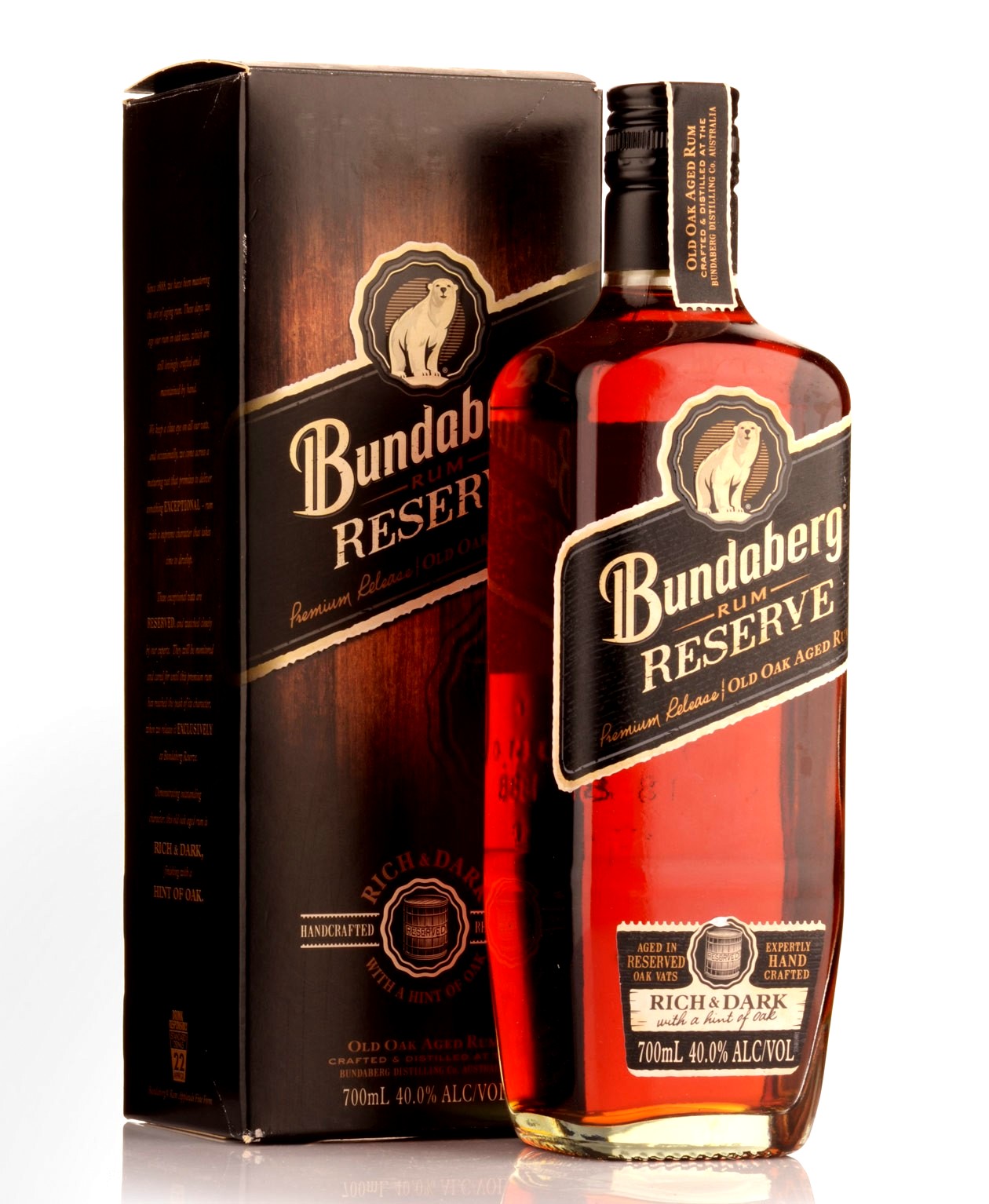
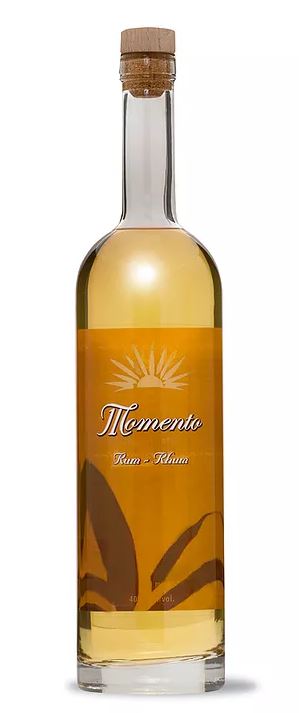
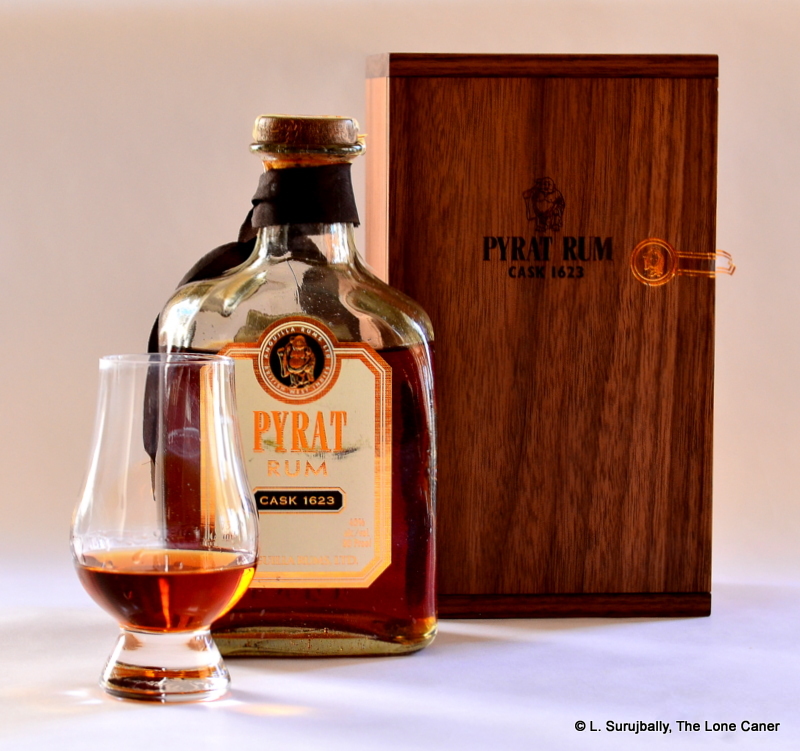

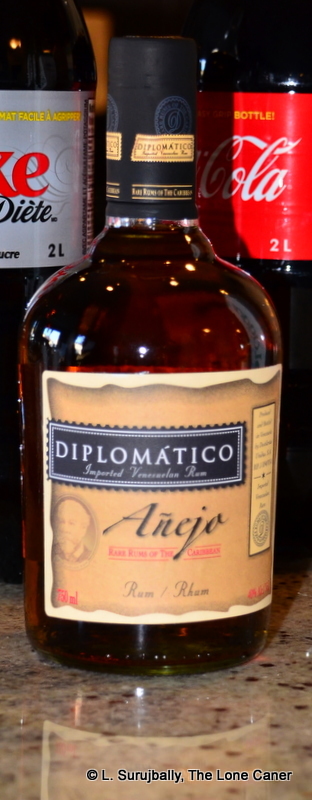 First Published 25 May 2011 on Liquorature
First Published 25 May 2011 on Liquorature
